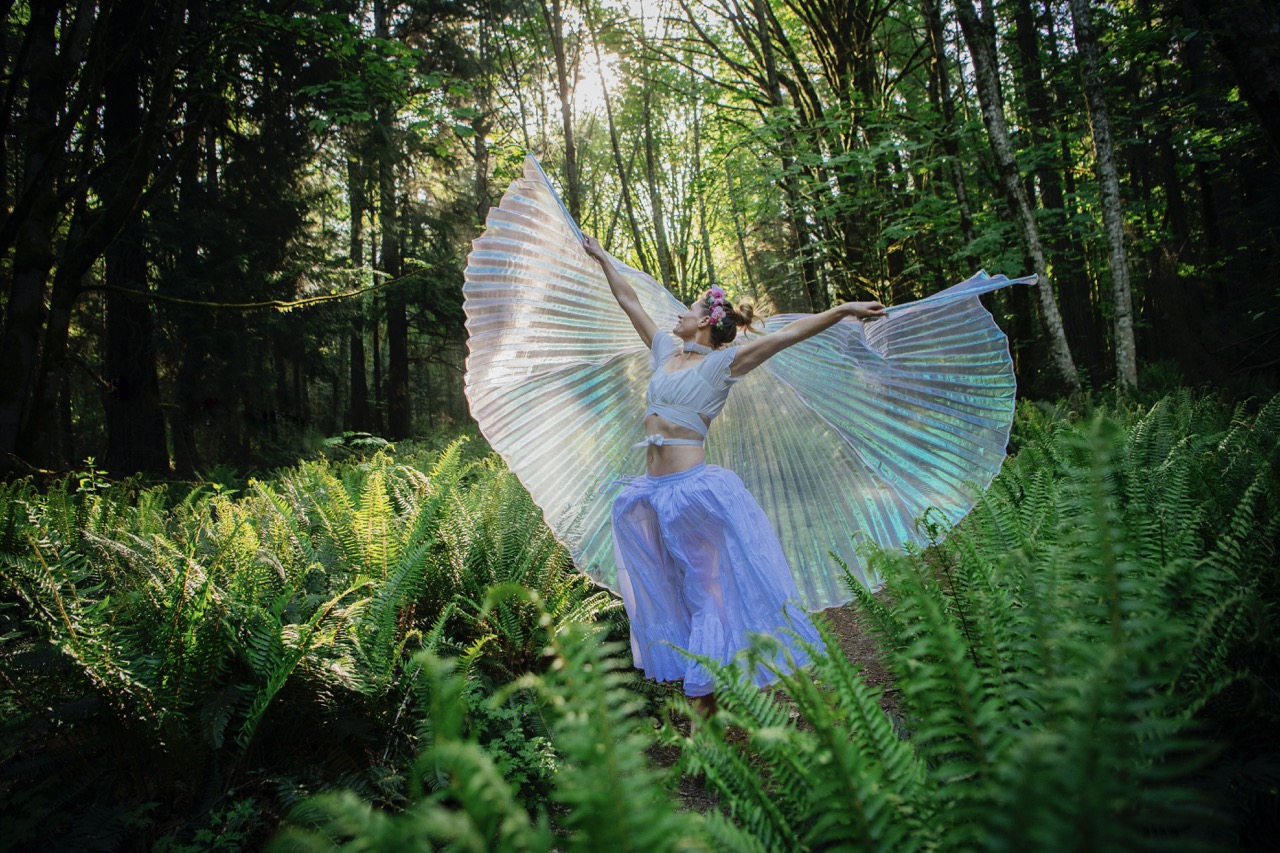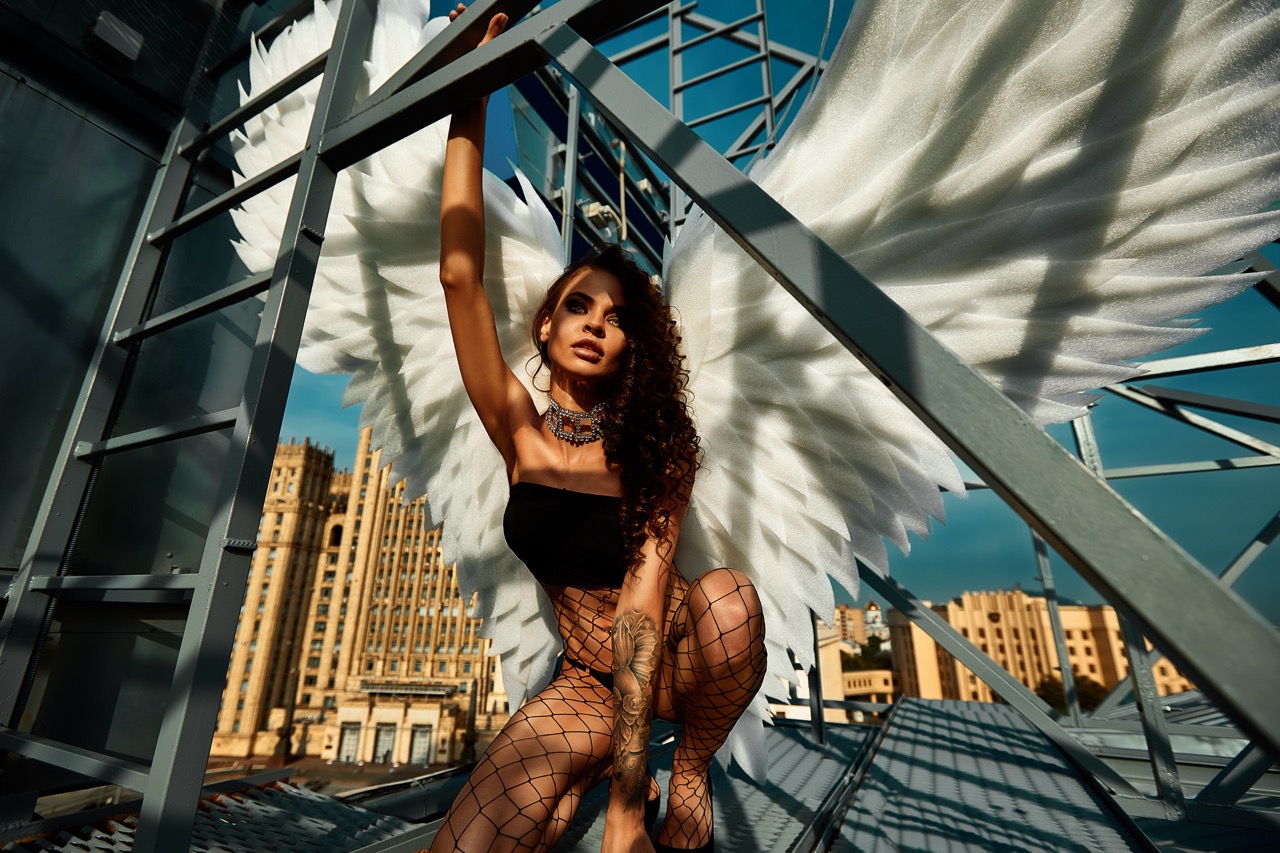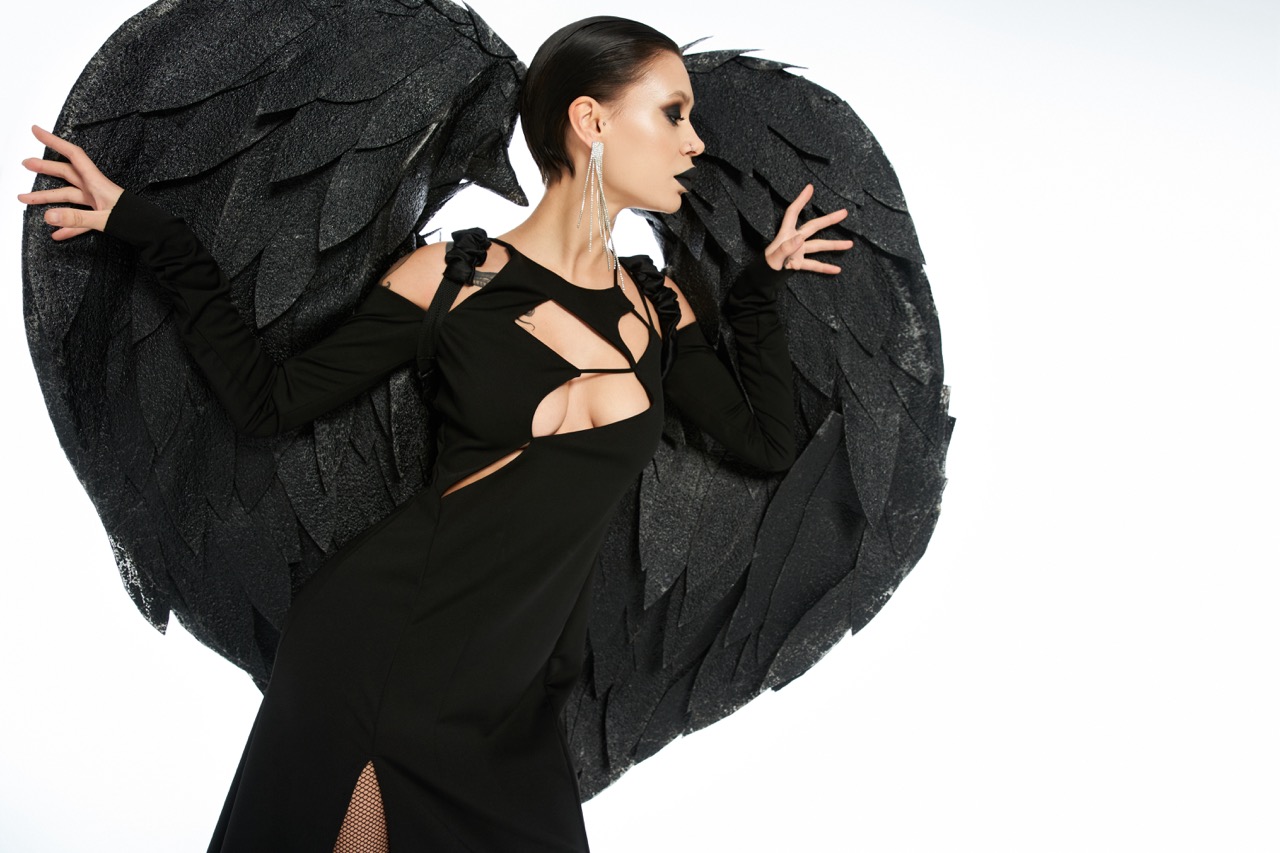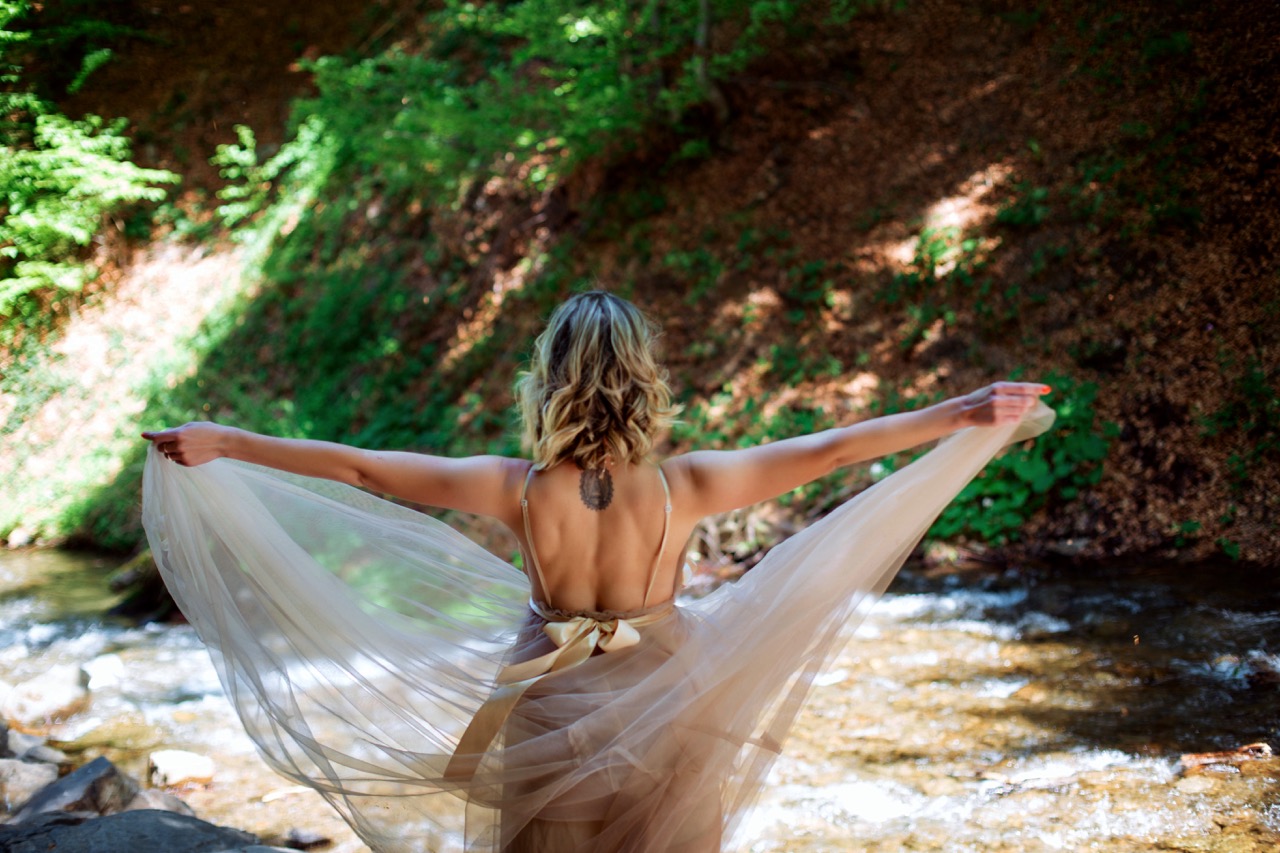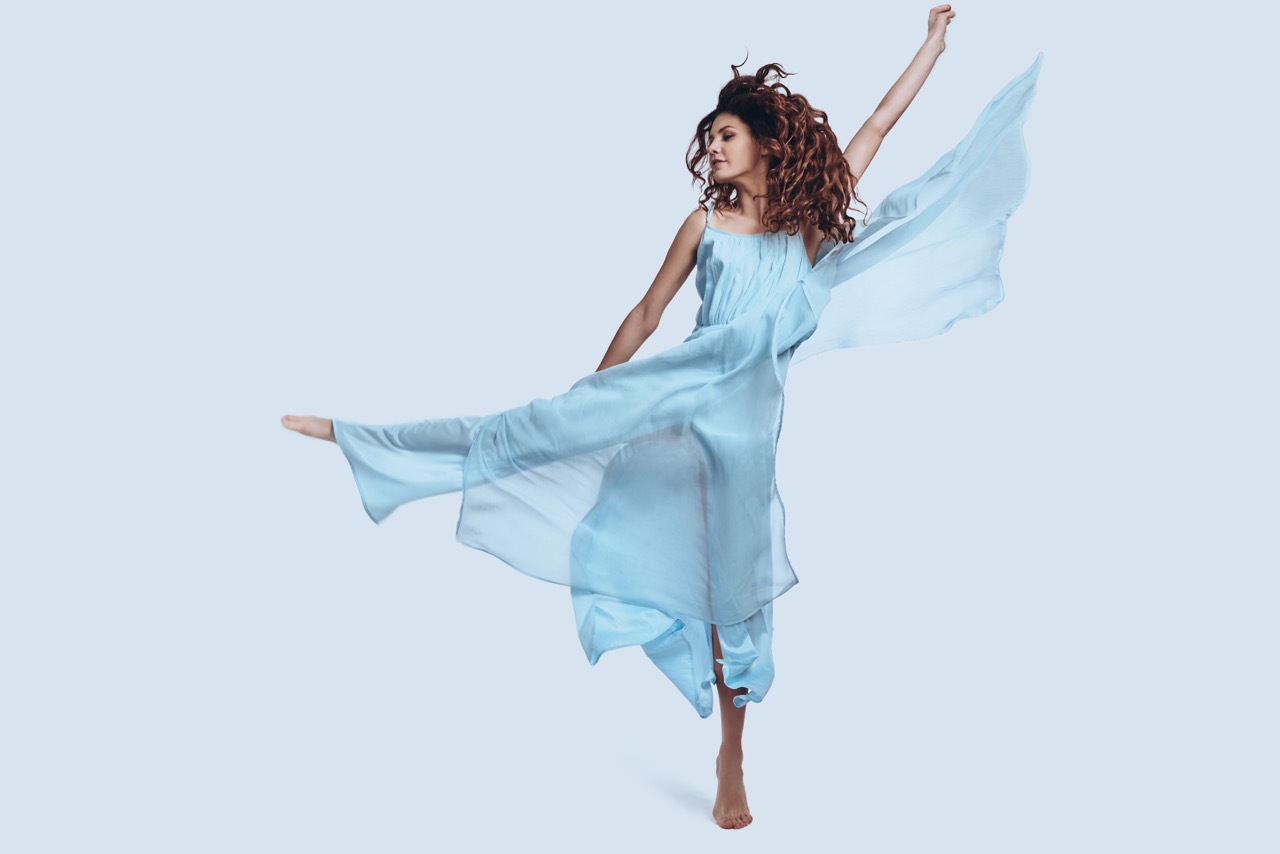Dance competitions have surged in popularity over the last few decades, captivating audiences and participants alike with their vibrant displays of talent, creativity, and emotion. From local showcases to grand international events, these competitions have transformed the way dance is perceived, celebrated, and nurtured. In this article, we explore the cultural phenomenon of dance competitions, the factors contributing to their increasing popularity, the sense of community they foster, and their role in shaping the careers of aspiring dancers.
The Allure of Dance Competitions: A Cultural Phenomenon
Dance competitions are more than just contests; they are a celebration of art, culture, and human expression. These events bring together diverse styles, from ballet and contemporary to hip-hop and ballroom, showcasing the rich tapestry of dance as a universal language. This variety not only attracts a broad audience but also invites cultural exchange, creating an inclusive environment that resonates with people from all walks of life.
Moreover, the theatricality of dance competitions adds to their allure. With dazzling costumes, intricate choreography, and emotional storytelling, each performance is a mini-production that captures the audience’s attention. This spectacle is often enhanced by skilled judges who provide feedback and commentary, creating a dynamic atmosphere that keeps viewers engaged and invested in the outcomes of the performances.
Finally, the rise of television shows and social media platforms dedicated to dance has propelled competitions into the spotlight. Programs like "So You Think You Can Dance" and "Dancing with the Stars" have demonstrated the entertainment value of dance, making it accessible to millions. As these shows promote a competitive spirit and showcase extraordinary talent, they have inspired countless individuals to participate in dance competitions, further solidifying their status as a cultural phenomenon.
Unpacking the Factors Behind Their Rising Popularity
The appeal of dance competitions can be attributed to several factors, starting with the democratization of dance. In today’s world, dance is no longer confined to the elite or professional performers; it has become a form of self-expression available to anyone willing to learn. With the proliferation of dance studios and classes, more people are discovering their passion for movement, leading to an increase in participants who seek opportunities to showcase their skills competitively.
Additionally, the influence of reality television and social media cannot be underestimated. Platforms like Instagram and TikTok have created new avenues for dancers to share their performances with a global audience, fostering a sense of community and competition among aspiring dancers. Online challenges, tutorials, and viral trends encourage individuals to engage with dance, not only enhancing their skills but also driving them to participate in competitions to gain recognition and build a following.
Finally, dance competitions serve as gateways to professional opportunities. Many dancers view them as stepping stones toward prestigious scholarships, performance contracts, and mentorship from industry professionals. The prospect of these career advancements motivates participants to hone their craft and excel in competitions, further fueling the popularity of these events.
The Role of Community and Camaraderie in Dance Events
Community plays a vital role in the world of dance competitions, creating an environment where participants can connect, support, and learn from one another. Many dancers form strong friendships through shared experiences in rehearsals, competitions, and workshops. This sense of belonging fosters a spirit of camaraderie that enhances the overall experience and makes the competition more enjoyable and memorable.
Moreover, dance competitions often emphasize teamwork and collaboration. Group performances require dancers to work together, cultivating skills such as communication, trust, and mutual respect. These interactions can lead to lifelong friendships and a network of support that extends beyond the competition floor, helping dancers navigate their artistic journeys together.
Additionally, dance competitions often promote a culture of inclusivity, welcoming individuals of all ages, backgrounds, and skill levels. This diversity enriches the experience for everyone involved, as dancers and audience members alike celebrate the beauty of different dance forms and stories. By nurturing a sense of community, dance competitions become platforms for connection and growth, elevating the experience beyond mere competition.
Spotlight on Talent: How Competitions Shape Future Stars
Dance competitions serve as significant platforms for emerging talent, providing a unique opportunity for dancers to showcase their skills on a larger stage. Many aspiring performers view these events as a way to gain exposure and recognition, which can lead to future opportunities in the dance industry. Judges, often seasoned professionals, provide valuable feedback that can help dancers refine their technique and artistry, guiding them on their journey toward stardom.
Furthermore, the competitive nature of these events encourages dancers to push their limits and explore new styles and techniques. This constant pursuit of excellence not only elevates their performances but also contributes to the overall growth of the dance community. As dancers strive to distinguish themselves in competitions, they often innovate and experiment, leading to fresh perspectives and exciting developments in the art form.
Finally, many successful dancers and choreographers credit their early competition experiences as pivotal moments in their careers. The exposure gained through competitions can lead to job offers, collaborations, and entry into prestigious training programs. As these dancers rise to prominence, they often return to competitions as judges or mentors, continuing the cycle of inspiration and talent development that is essential for the evolution of dance.
Dance competitions have firmly established themselves as a vibrant and dynamic aspect of the dance world, captivating audiences and nurturing talent across the globe. Their popularity is driven by a rich blend of cultural celebration, community spirit, and opportunities for personal and professional growth. As these events continue to evolve, they will undoubtedly shape the future of dance, inspiring a new generation of performers and reminding us of the power of movement to connect us all.






